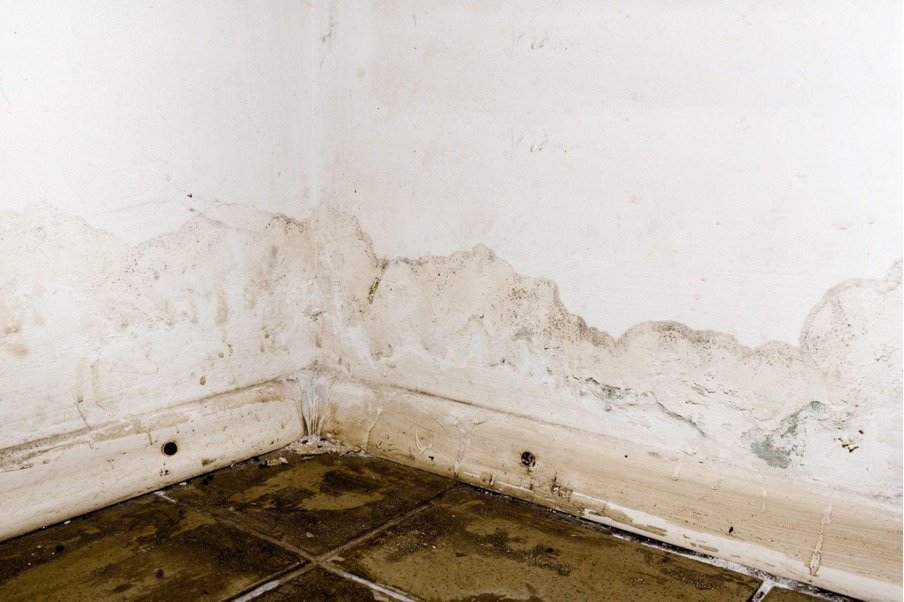Presented here down the page you will find more outstanding content when it comes to How to Prevent Bathroom Water Damage.

The bathroom is very vulnerable for moist accumulation and also prospective water damages due to the regular use water in it. This short article supplies easy assessment techniques to assist identifying water damages hazards.
The regular use water in the bathroom makes it very prone for moist accumulation as well as possible water damage. By checking it consistently, you can reduce water related damages.
The complying with collection of inspections is easy to do as well as must be done as soon as in every 3 months in order to maintain your bathroom healthy as well as to prevent potential water problems triggered by the tub, the shower, pipeline joints and also plumbing, sinks, closets, and also the toilet
Do not forget carrying out these assessments and also be comprehensive while doing them. Remember that these simple evaluations can conserve you a great deal of money by offering early indicators for water damages
Bath tub and Shower
The shower as well as tub call for unique attention as well as upkeep. Examine the floor tiles and replace if broken. Make certain that there is no missing out on cement in between the tiles. Examine as well as change split caulking at joints where the wall surfaces fulfill the floor or the bath tub. Clogged drains and pipes issues will certainly stop the bath tub from drying out and also might indicate serious problems under the bathtub. Consult with a professional immediately to prevent structural damage. Take note of discolorations or soft areas around the bathtub walls as they may indicate an inner leakage.
Plumbing
Signs for water damages are tough to identify given that the majority of pipelines are mounted inside the wall surfaces.
Pay unique interest to floor covering as well as walls moisture and discolorations as they might show an unseen plumbing trouble. Examine wetness levels in adjoining rooms as well.
Sinks and also Cabinets
Sinks and also cupboards are subjected to moisture and moisture day-to-day as well as are commonly neglected. Inspect regularly under the sink and also on the counter top above it. Repair any type of drip in the trap as it might recommend drain problems. Look around the sink, slow-moving draining pipelines may indicate an obstructed drainpipe. Replace sink seals if they are cracked or loose.
The Commode
The bathroom is a vulnerable water joint. Check the water lines and also search for leakages around the bathroom seat, in the hose, and also under the water tank. If you identify any indications of moisture on the flooring around the toilet, look for leaks in the toilet edge and container seals.
Understand that hanging commode bowl antiperspirants enhances the opportunities for clogs.
Water Damage Signs In The Bathroom To Avoid Cleanup
Musty smell
This is one of the easiest signs to catch because musty smells are so odorous. The damp, earthy, moldy smell should be a big red flag. The smell will develop when moisture gets trapped in surfaces, and begins to facilitate mold growth. Leaking pipes under cabinets, inside walls, and behind shower fixtures will cause moisture to stay trapped and not dry, which will lead to mold growth and spread. As soon as you notice any musty smells in your bathroom, have it checked for hidden water damage and cleanup signs.
Visible mold
If the smell isn’t there to give it away, sometimes you will actually see mold growth. Finding mold in your bathroom is a serious problem, because mold is very harmful to your health. By the time mold growth is visible, it also means that water damage has already occurred and been present for some time. The only way the mold problem can be resolved is to find the source of the moisture and get it stopped. To safely and adequately remove mold, you need to have professionals handle the remediation. Do not waste any time in getting mold problems addressed, fixed, and sanitized so that you can protect you and your family from the many respiratory symptoms caused by mold exposure.
Damaged floors
Bathroom floors should be able to withstand some exposure to water while still remaining in good condition. However, when excess exposure or water leaks occur, they will begin to damage even the most water-resistant flooring. If you notice any cracking, bubbling, staining, or warping on your bathroom floors, there is probably a water leak somewhere causing the distortion. If you notice areas of the floor have become softer, or even have a spongy feeling, there is probably damage to the subfloor. Subflooring is typically made up of plywood. When plywood is exposed to water or moisture, it will absorb it. Once it has become saturated, the weight of the excess water will cause the wood to swell and soften. Check the floors in your bathroom frequently to catch any of these sings before they lead to damaged subflooring.
Changes on walls
When water leaks behind walls, it will cause changes in the drywall. Peeling plaster, blistering paint, and soggy wallpaper are all good indicators that excess water is building up behind the wall. Water leaking behind drywall will cause it to swell and be soft to the tough. If you start to notice gaps along the trim of your walls, or where tile meets the wall, it could also be a strong indicator that there is a leak behind the wall. Any changes, distortion, or damage on the walls should be evaluated as soon as you notice it to prevent further water damage and cleanup.

We hope you enjoyed reading our section about How to Prevent Bathroom Water Damage. Thanks so much for taking a few minutes to read our post. So long as you liked our blog entry plz do not forget to pass it around. Thanks a lot for your time. Come back soon.
Request An Estimate